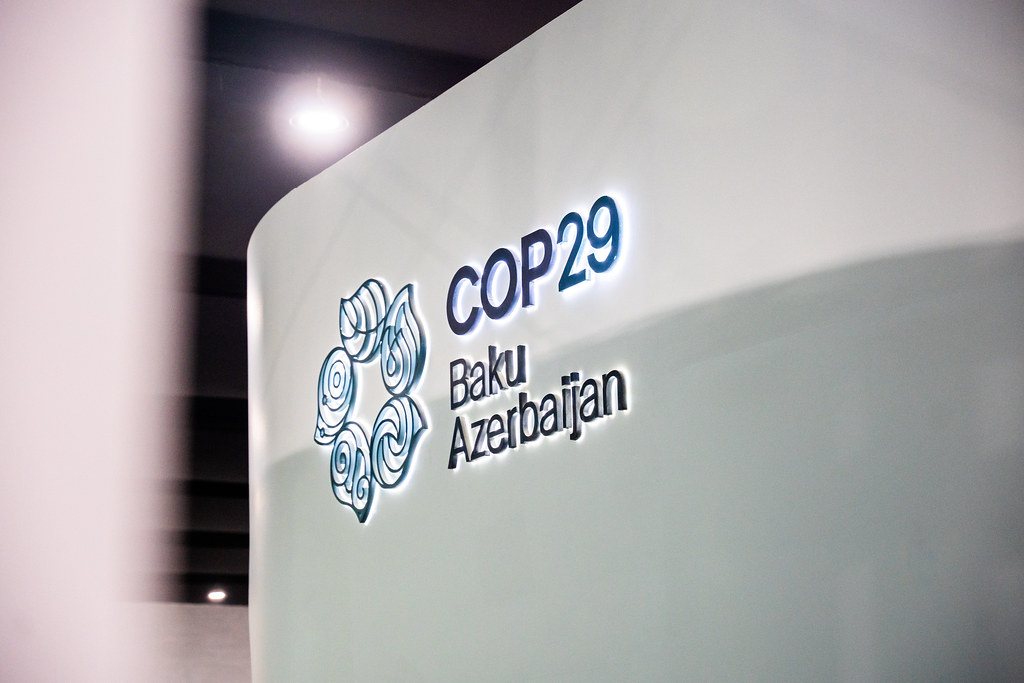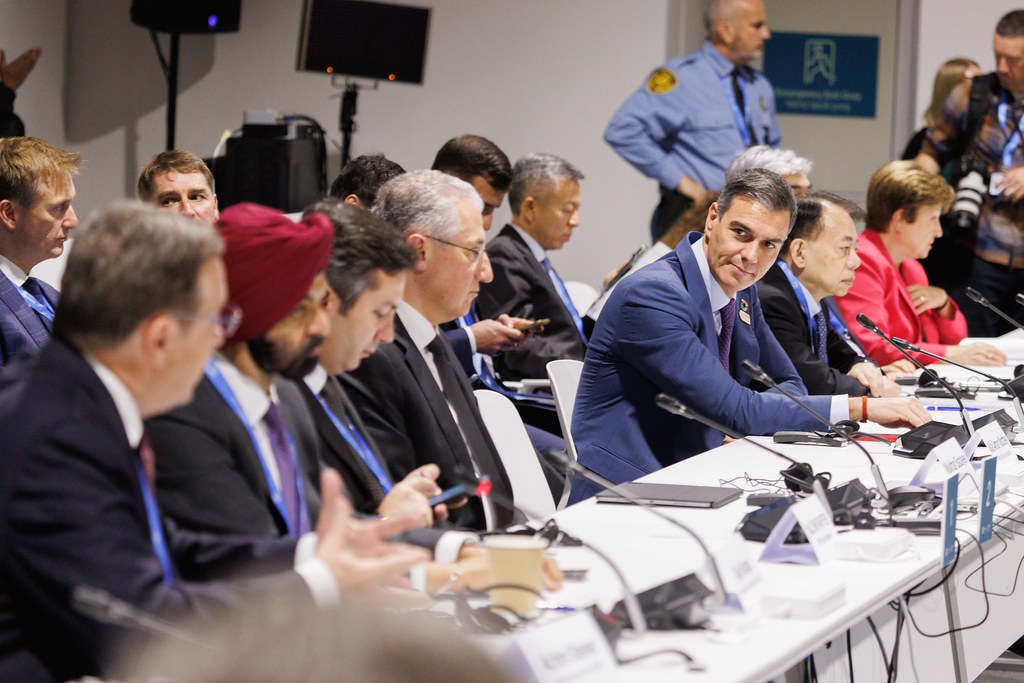
COP29 climate finance agreement is likely to struggle in reaching a consensus. (Photo: COP29)
The host country of the UN Climate Summit (COP29), Azerbaijan, released a draft climate finance proposal on Nov. 21, but key details regarding the scale, sources, and mechanisms of the funding remain unclear. This leaves member countries with the challenge of reaching a consensus in the coming days, in hopes of presenting a version that satisfies all parties.
Negotiators have two options to set fund’s goals
The origin of the commitment by developed countries to assist developing countries in raising climate finance can be traced back to the 2009 COP15, where a pledge was made to allocate $100 billion annually starting in 2020. However, this goal was not fully met until 2022. The new agreement currently under discussion is referred to as the "New Collective Quantified Goal" (NCQG), which is set to replace the existing commitment that expires next year.
The proposal suggests that the financing scale should start at a minimum of $1 trillion, but no specific figure is provided. Instead, the amount is marked as "X," indicating that the scale is still up for discussion among member countries. The draft outlines two potential pathways to achieve the target, but neither includes specific numbers, drawing criticism from several quarters.
In simple terms, Option One suggests setting an annual goal between 2025 and 2035, based on the needs of developing countries. Developed nations can contribute in the form of grants or grant-equivalent funding. The draft also allows for contributions from developing countries to each other, but these will not be counted toward the NCQG.
Option Two proposes a single goal to be reached by 2035, giving developed nations more flexibility to gradually increase their contributions. Under this approach, other capable nations are also encouraged to contribute. The funds could be channeled through bilateral or multilateral channels, in public, private, or other innovative forms.

Representatives discussed climate finance issues at COP29 on Nov. 12. (Photo: UN Climate Change - Kamran Guliyev)
Sticking points: amount, contributors, methods
The reason behind the lack of a clear figure in the draft may stem from significant disparities in expectations between countries. The amounts currently under discussion range from a minimum of $200 billion to as much as $1.3 trillion, with a staggering gap of $1.1 trillion
The European Union has suggested in informal discussions that the total financing should fall between $200 billion and $300 billion, while the "Group of 77 + China" (G77+China), representing 130 developing countries, has called for developed nations to contribute $1.3 trillion.
Developed nations have repeatedly indicated that the financing should not be provided directly by them but rather raised through multilateral development banks, private enterprises, and other innovative means, such as loans. This stance is particularly emphasized by the EU and the United States, which are pushing for an expanded list of contributors to share the responsibility.
Countries like China, the world's second-largest economy, and Singapore, a major financial hub in Asia, have been named as potential contributors. However, both have rejected this, citing their status as developing countries and their previous contributions toward climate change mitigation efforts.
Some developing countries are concerned that if climate finance is provided in the form of loans with market-level interest rates, or through other financing mechanisms that fail to generate tangible revenue, it will only worsen their debt issues.
Source: Bloomberg(1)、(2)、Reuters(1)、(2)、Climate Home News、AP、Delta Foundation





